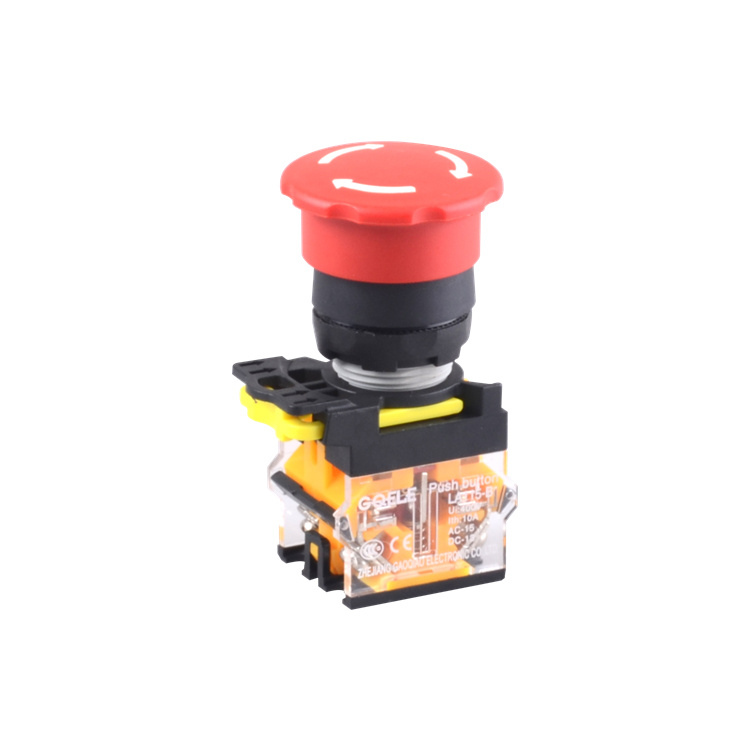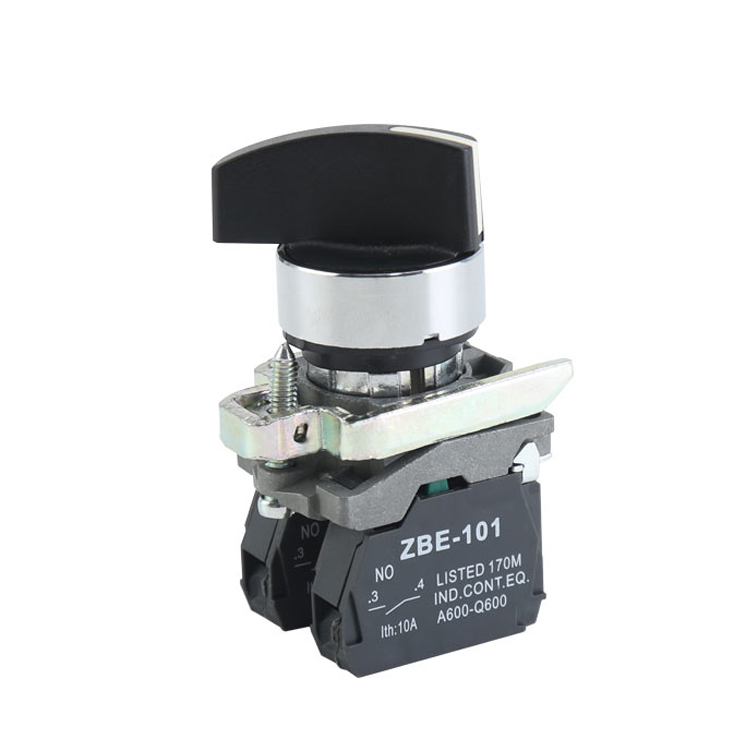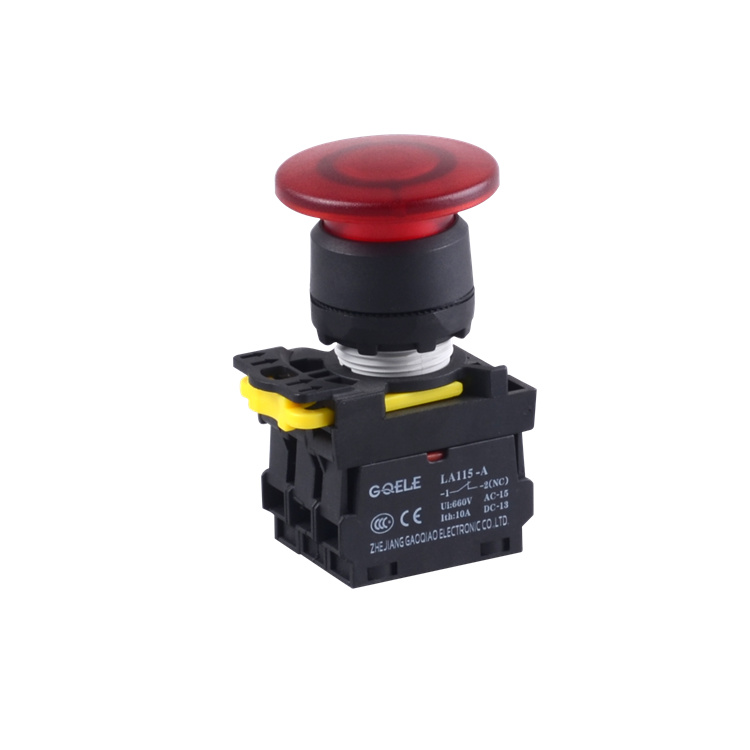
LA115-B5-11ZT 1NO&1NC Φ40 Twist Or Pull Release Emergency Stop Push Button With Mushroom Shape Red Head And Symbols

GXB2-ER66 Φ39.2~Φ66.5 Yellow&Black Emergency Stop Push Button Switch Warning Accessories

1/2/3/4/6 hole Anti-explosion Aluminum Box IP66 Waterproof Metal Control Box
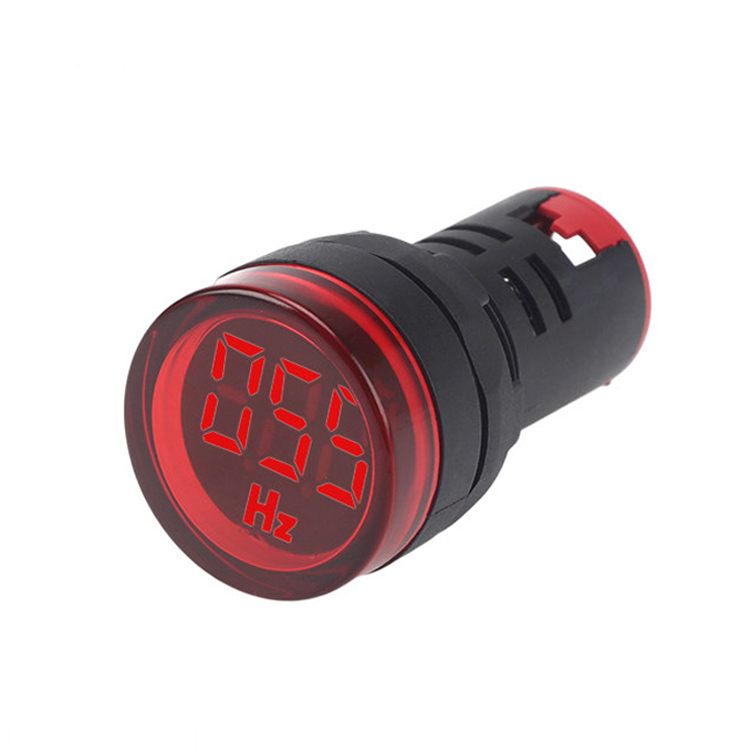
AD116-22DHZ Digital display round LED indicator type AC and DC voltmeter highlight ammeter
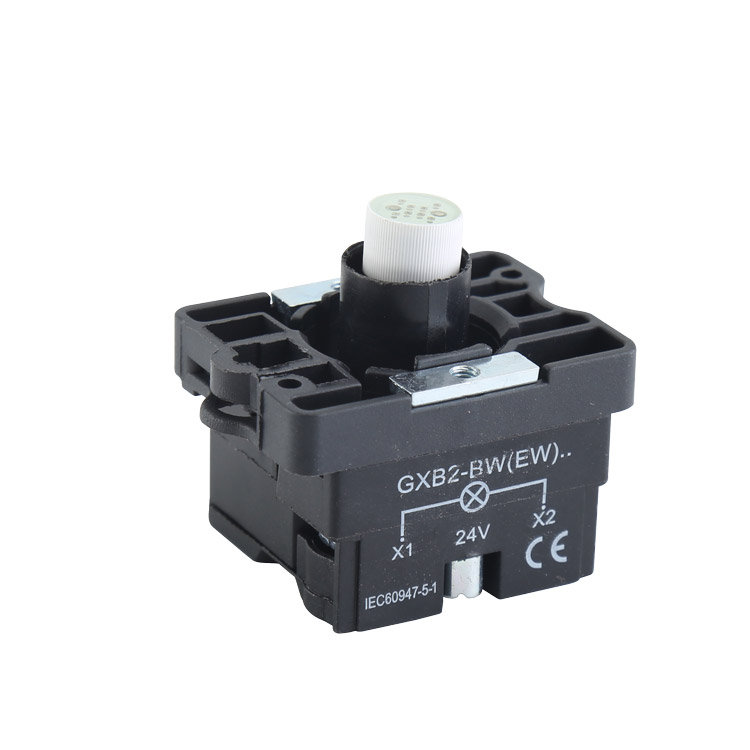
GXB2-EV6 Black & White Plastic Direct Insertion Lamp Holder With No Push Rod

LA115-A2-11XD 1NO&1NC Maintained 2-Position Plastic Selector Switch Push Button With Short Handle And Red Light

LA115-A-10 High Quality 1NO Green&Black&White Normally Open Plastic Contact Block

LA115-A2-11ZS 1NO&1NC Twist Release Emergency Stop Push Button Switch With Mushroom Red Shape And Symbol Head

LA115-N-11BN

LA115-B1-11ZS 1NO & 1NC Twist Release Emergency Stop Push Button With Mushroom Shape Head And White Arrow Symbols

GXB4-EW3565 High Quality 1NO&1NC Momentary Flush Push Button Switch With Round Head and Yellow Light

CJX2-0912(LC1-D) Ac Electric magnetic contactor



